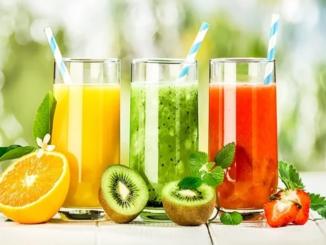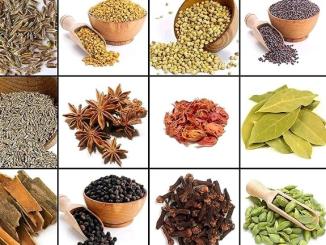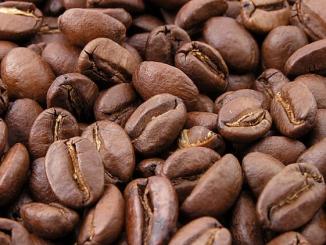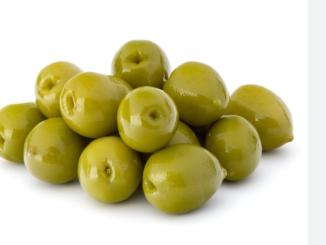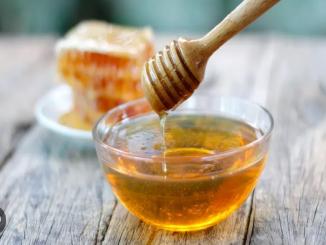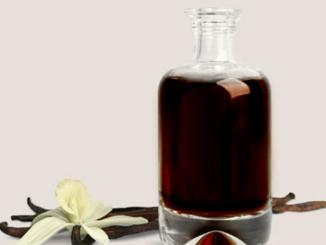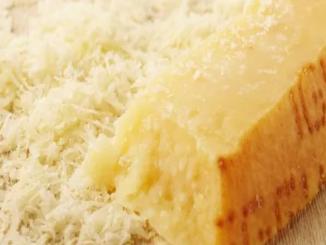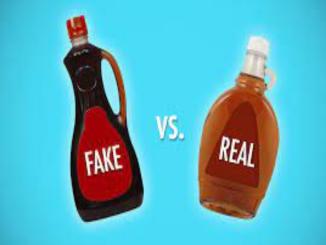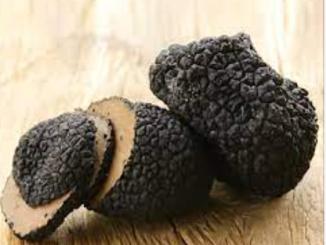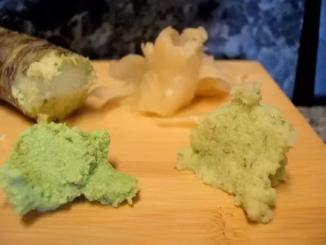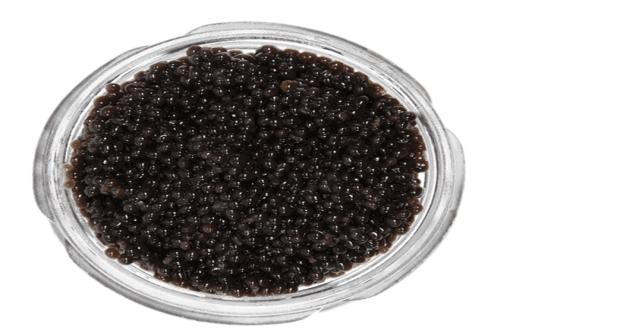
Is Caviar one of the most faked foods in the world
Caviar is the salted roe, or eggs, of certain fish species, most commonly sturgeon. It is a highly prized delicacy known for its delicate flavour and texture.
The term "caviar" is traditionally used to refer to
the roe of wild sturgeon found in the Caspian and Black Seas.
However, the term is now also used to refer to the roe of other fish species,
such as salmon, trout, and lumpfish.
Several factors, including the species of fish, the size of the eggs, the colour of the eggs, and the salt content, determine the quality of caviar. The most expensive caviar is made from the roe of the beluga
sturgeon, which is found in the Caspian Sea. Beluga caviar is known for its
large, black eggs and delicate flavour.
Caviar is typically served as a garnish or spread on toast or
blinis. It can also be used in various dishes, such as pasta, salads, and
sauces.
Caviar is a luxury food that is often associated with wealth and
status. However, it is also a sustainable food source. Sturgeon populations
have been declining in recent years due to overfishing, but there are now a
number of sustainable caviar farms that are helping to protect this important
species.
Caviar is the roe, or eggs, of certain fish species, most commonly sturgeon. It is a highly prized delicacy known for its delicate flavour and texture. However, caviar can be expensive, which has led to the production of fake caviar.
Fake caviar is made from various ingredients, including fish eggs, tapioca, and gelatin. It is often dyed to resemble real caviar and may also be flavoured with artificial flavours. Fake caviar is typically much cheaper than real caviar, but it does not have the same taste or texture.
There are a few ways to identify fake caviar:
· The colour: Real caviar is typically a deep black or dark grey. Fake caviar may be lighter in colour, and it may also have a different sheen.
· The texture: Real caviar is smooth and firm. Fake caviar may be mushy or grainy.
· The flavour: Real caviar has a delicate, salty flavour. Fake caviar may have a more robust, more artificial flavour.
· The price: Real caviar is expensive. It will likely be affected if you are offered caviar at a meagre price.
If you are unsure whether the caviar you buy is real, it is best to avoid it. There are many other delicious and affordable caviar alternatives available.
Here are some of the most common ingredients used to make fake caviar:
· Fish eggs: Fish eggs are the most common ingredient to make fake caviar. They are typically dyed to resemble real caviar.
· Tapioca: Tapioca is a starchy substance often used to make fake caviar. It gives the caviar a smooth and firm texture.
· Gelatin: Gelatin is a protein used to bind the ingredients together. It also gives the caviar a shiny appearance.
· Artificial flavours: Artificial flavours often give fake caviar a more authentic flavour.
Fake caviar is often sold in jars or tins labelled as "caviar" or "fish roe." However, it is essential to read the label carefully to ensure the product is real caviar. If the title does not specify that the product is real caviar, it will likely be fake.
It is also important to be aware of the price of caviar. Real caviar is expensive, so if you are offered caviar at a very low price, it is likely to be fake.
If you are unsure whether the caviar you buy is real, it is best to avoid it. There are many other delicious and affordable caviar alternatives available.




